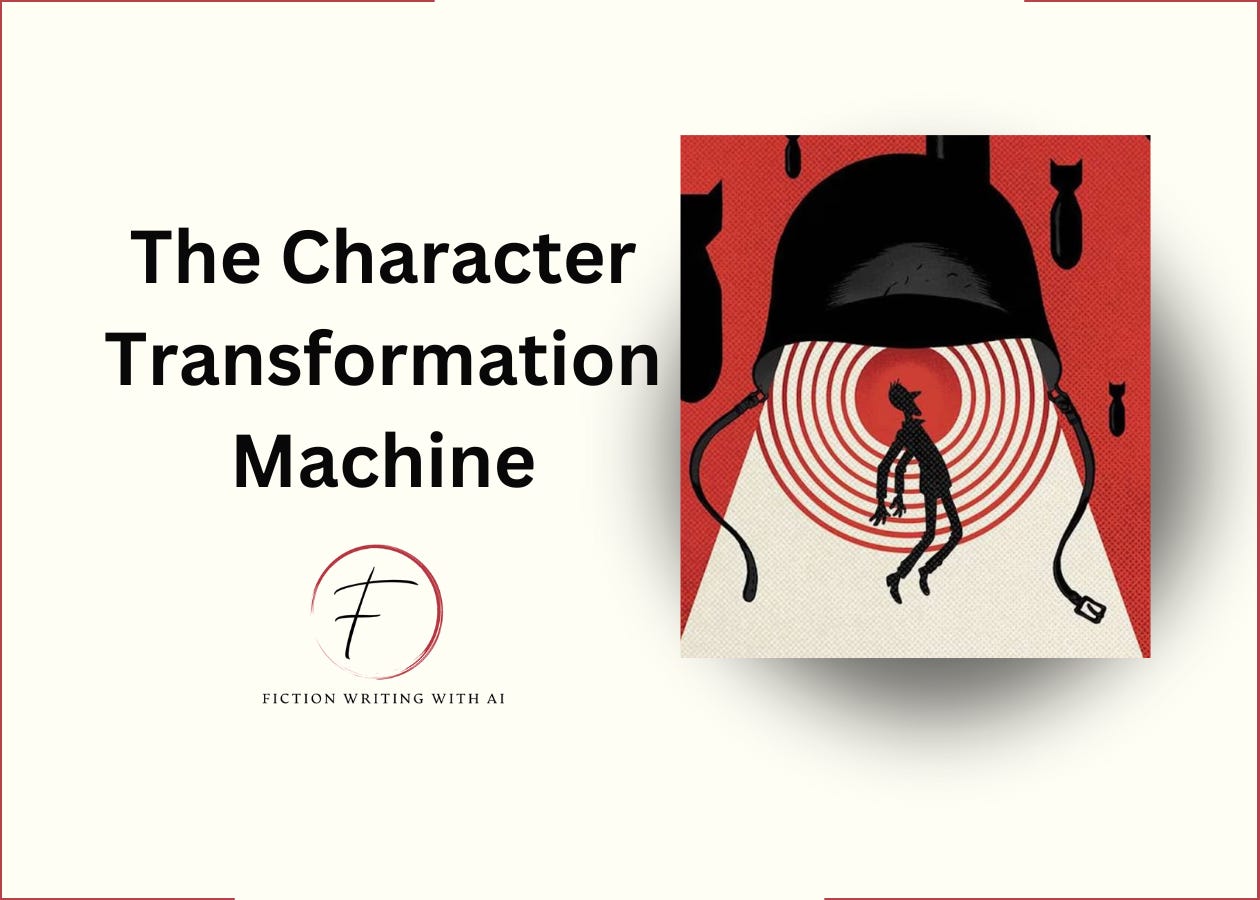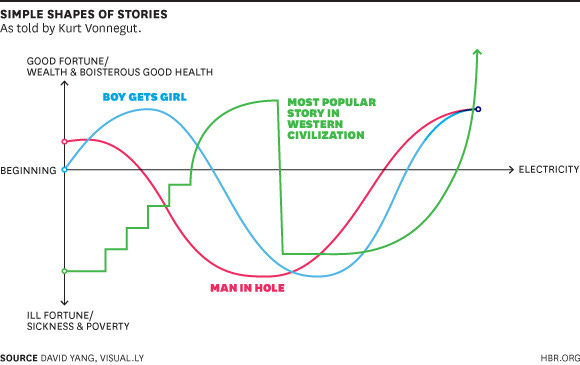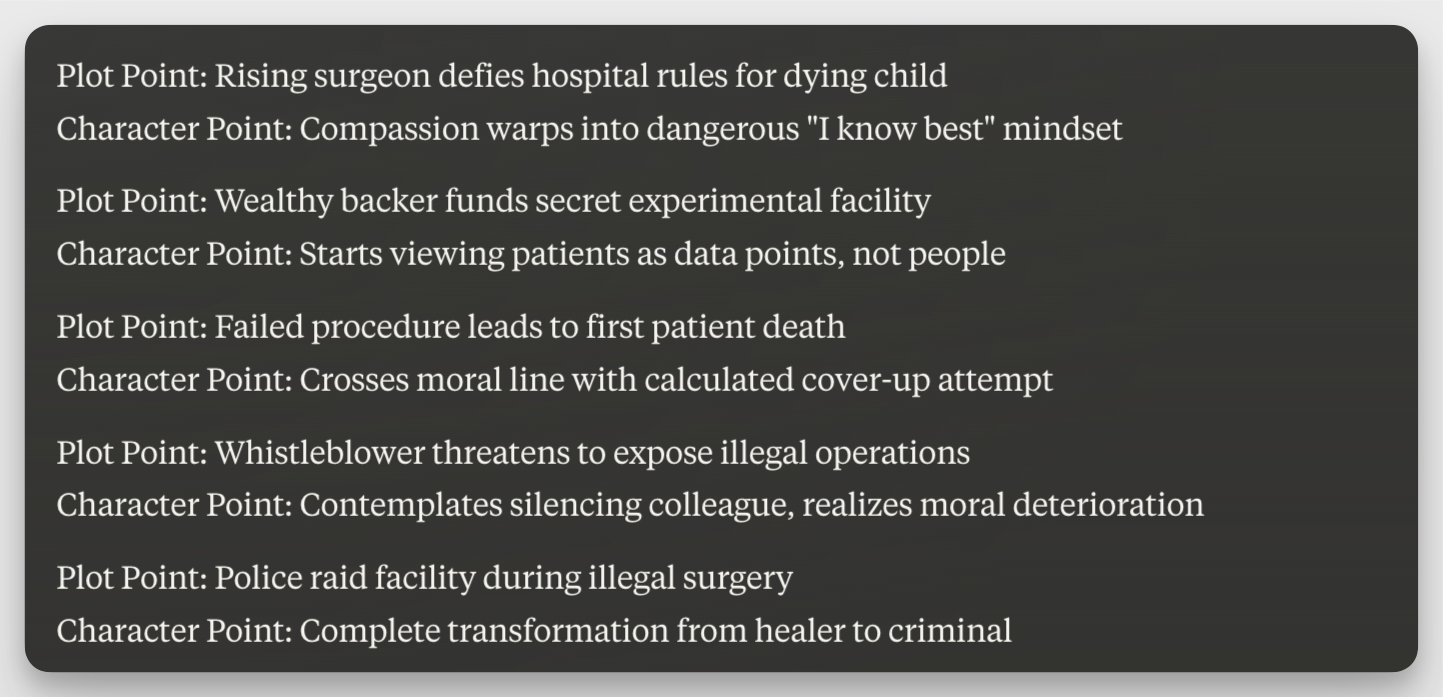3 Powerful Rules Of Creative Writing
Why a top American Sci-Fi writer loved to torture his heroes
Kurt Vonnegut was one of the most influential writers of the 20th century.
His 14 novels sold 20+ million copies for over 50 years.
Including reader favorites:
"Slaughterhouse-Five"
"Cat's Cradle"
“Breakfast of Champions”
His writing made him a vocal critic of American society in the 20th century.
But he's most famous for his storytelling framework, the "Shapes of Stories." If you read my previous post about Kurt Vonnegut's 5 Story Arcs, you already know the basics.
Let's recap before diving into into his rules of writing.
Kurt Vonnegut’s Story Shape Theory
In his "Shape of Stories" theory, Vonnegut plotted story arcs on a graph.
The X-axis represented the timeline, from beginning to end.
The Y-axis charted the protagonist's fortune, from ill fortune to good fortune.
In Vonnegut's analysis, the world's most beloved stories follow surprisingly simple shapes.
Bad to Worse: The poor become poorer
Which Way Up: Unknown possibilities
Cinderella: Rollercoaster story
These are curves that make visualizing a story easy.
Where you begin sets the stage for the arc to come.
Is your character high on the good fortune scale, like a fairy tale princess?
Or deep in the ill fortune, like Cinderella at her lowest point?
As the narrative progresses, characters face challenges, setbacks, and triumphs.
These swings in fortune create the peaks and valleys of the story curve. Conflict and climax are the engines that drive the story's shape. The resolution gives the Story Shape its final form.
Does your character end on a high note as their problems are resolved?
Or do they plummet to a tragic ending, undone by flaws?
The resolution gives your story's shape its lasting impact.
Outline Your Story Using The 5 Proven Arcs (In 10 Minutes Or Less)
To apply story shapes:
1. Plot your narrative arc.
2. Chart your character's journey from beginning to end.
3. Identify the setup, conflict, climax, and resolution.
Then refine the shape. Emphasize the peaks and valleys. And craft a satisfying curve.
Click here to give this a try with AI.
3 Powerful Rules Of Creative Writing To Help You Shape A Perfect Character Arc
Beyond the Shape of Stories, Vonnegut taught me 3 powerful rules for creative writing:
Rule 1: Have at least one character readers can root for.
Even in a Bad to Worse shape, your character needs qualities that hook readers emotionally.
Think:
Walter White's family devotion
Anakin Skywalker's passionate loyalty
Doctor Strange's determination to heal and help others
Without someone to connect with emotionally, readers quickly lose interest.
Rule 2: Start as close to the conflict as possible.
Get to the good stuff quickly. Don't bog readers down with excessive backstory.
The sooner you introduce the central conflict, the better.
To reveal a character's true nature, Vonnegut advised being a sadist.
Rule 3: Become a sadist.
Challenge your characters to reveal their transformation.
The Joker (Batman)
Joffrey Baratheon (Game of Thrones)
Hannibal Lecter (The Silence of the Lambs)
Pressure creates diamonds & hardship reveals hidden depths.
For Vonnegut, a story is like a geometry puzzle with a structure you can map.
The greatest stories follow similar patterns, shapes that can be plotted and fed into machines.
The Character Transformation Machine
This prompt helps you develop characters that drive one of the 5 different story plots so you can write a story with both strong structure AND a memorable character transformation.
Think of it like this:
Story Arc = Your character's external journey
Character Transformation = Their internal journey
When Should You Use This Prompt?
Use the Character Transformation Machine when:
Your villain's motivations sound like a bad Netflix synopsis ("revenge" isn't enough anymore)
Your hero keeps making decisions because "the plot needs them to" rather than from genuine internal drives
You're writing a redemption arc but beta-readers are saying "I don't believe this change"
This prompt is like a character psychologist—it helps you dig into why characters make the choices that drive the plot.
Let's see it in action:
Step 1: Story Arc Prompt (From Previous Post)
This gives you the external plot structure:
Story beats
Major events
Plot points
Timeline
Overall shape
For example, in our surgeon story above:
Step 2: Character Transformation Prompt (This Post)
This develops the internal journey that drives those events:
Character motivations
Emotional changes
Decision points
Psychological evolution
Personal stakes
Here’s what it looks like when we bring them together:
Pro Tip: Use the same chat session to develop your story. Let each prompt inform the other. Ask ChatGPT or Claude to assemble the character transformation with the plot. Repeat the process until you feel the story and your character are inseparable.
Here’s the prompt:
Keep reading with a 7-day free trial
Subscribe to Fiction Writing With AI to keep reading this post and get 7 days of free access to the full post archives.








